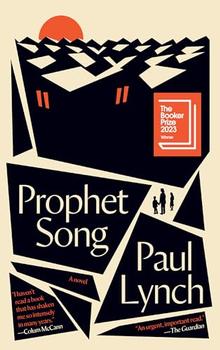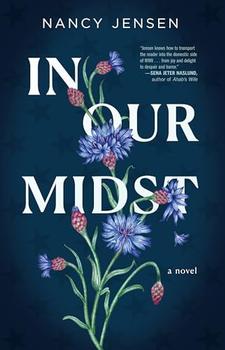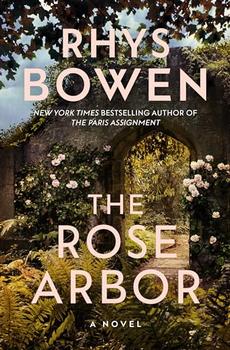Book Club Discussion Questions
In a book club? Subscribe to our Book Club Newsletter!
Please be aware that this discussion guide will contain spoilers!
About This Book
In 1788, Aimée de Buc de Rivery, 13-year-old Creole daughter of a prominent family in Martinique, was returning from convent school in France when her ship was captured by pirates. She was sold to a slave trader in Tunis who, in turn, sold her to the household of the Ottoman Sultan in Constantinople, where she was initiated into his seraglio. The seraglio was a place of astonishing, disorienting weirdness: The several hundred women there led lives of unfathomable luxury and ease in what was essentially a prison. Forbidden to venture beyond the palace walls, watched day and night by court eunuchs, and denied even the rudiments of education, the women filled their days by bathing, receiving instruction (from the eunuchs) in every imaginable sexual technique, and gossiping. The sultan could not possibly sleep with all of his thousands of wives, so there was a great deal of competition among those who wished to receive his attention. Aimée, understandably slow in picking up the rules of the game, eventually scored a coup when she was summoned to spend the night with the sultan--only to have him die later in the evening. Ordinarily this would have resulted in her banishment, but the new sultan was enraptured by her skill on the violin and made her one of his favorites. She also became the adoptive mother of a son who succeeded to the sultanate and proceeded to institute a number of pro-Western reforms. Aimée survived it all--the intrigues of the court, the army coups, the bitchiness in the harem--and was allowed the privilege of receiving last rites from a Jesuit on her deathbed.
Reading Guide
- Nakshidil tells her son that Turkey is like an ancient tree with its roots in the East and its limbs in the West. What does she mean? How does this apply to Turkey today?
- What are the meanings of the word harem in the book? Why was the harem important for the sultan?
- How does Nakshidil find life in the harem similar to life in the convent? What family values and what ways to please a man did she learn in the convent? How did they differ from the ones she was taught in the harem?
- At one point, Nakshidil looks in the mirror and realizes she has been transformed. How has she changed physically, emotionally, and culturally?<
- Turkey was constantly struggling with the European powers. What were some of the issues? What was the Turks’ attitude toward the French? What impact did Napoleon have on Turkey?
- What was the relationship between Turkey and Russia? What effect did Catherine the Great have on Turkey? What was Catherine’s goal vis-à-vis Istanbul?
- Flowers, especially tulips, were important in Ottoman Turkey. Talk about how they were used in the palace and what significance they had.
- What did Nakshidil have to learn in order to become a Muslim? What are the five pillars of Islam?
- In the Ottoman Empire, clothing was used to signify status, religion, and power. How was this done? What were the most important parts of the wardrobe? How is clothing used today to signify power and wealth?
- What was the importance of religion in Nakshidil’s life as a child? As an adult?
- The valide sultan was the most powerful woman in the Ottoman Empire. How did she express that power in the harem? How did she use her influence with the sultan? What were the material prizes?
- How does Nakshidil describe the harem at the end of her life?
Unless otherwise stated, this discussion guide is reprinted with the permission of Doubleday.
Any page references refer to a USA edition of the book, usually the trade paperback version, and may vary in other editions.






